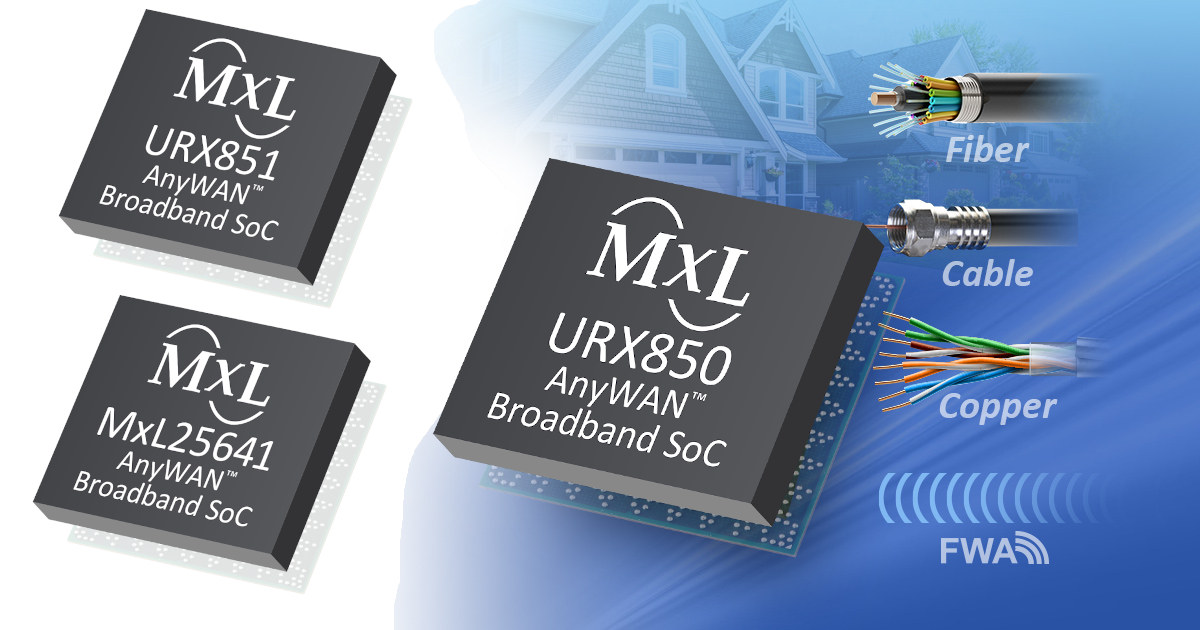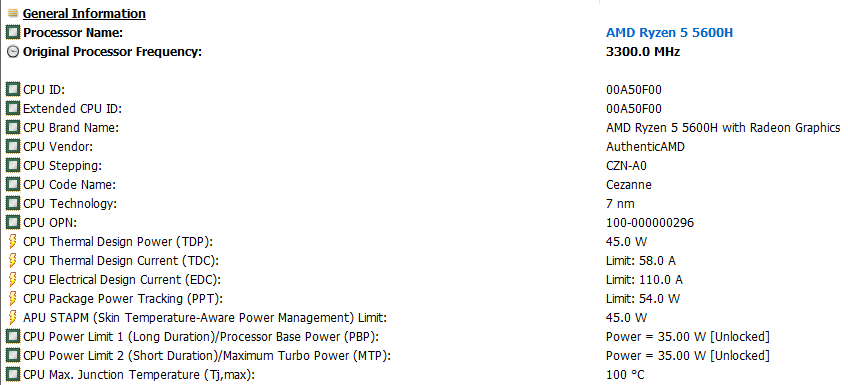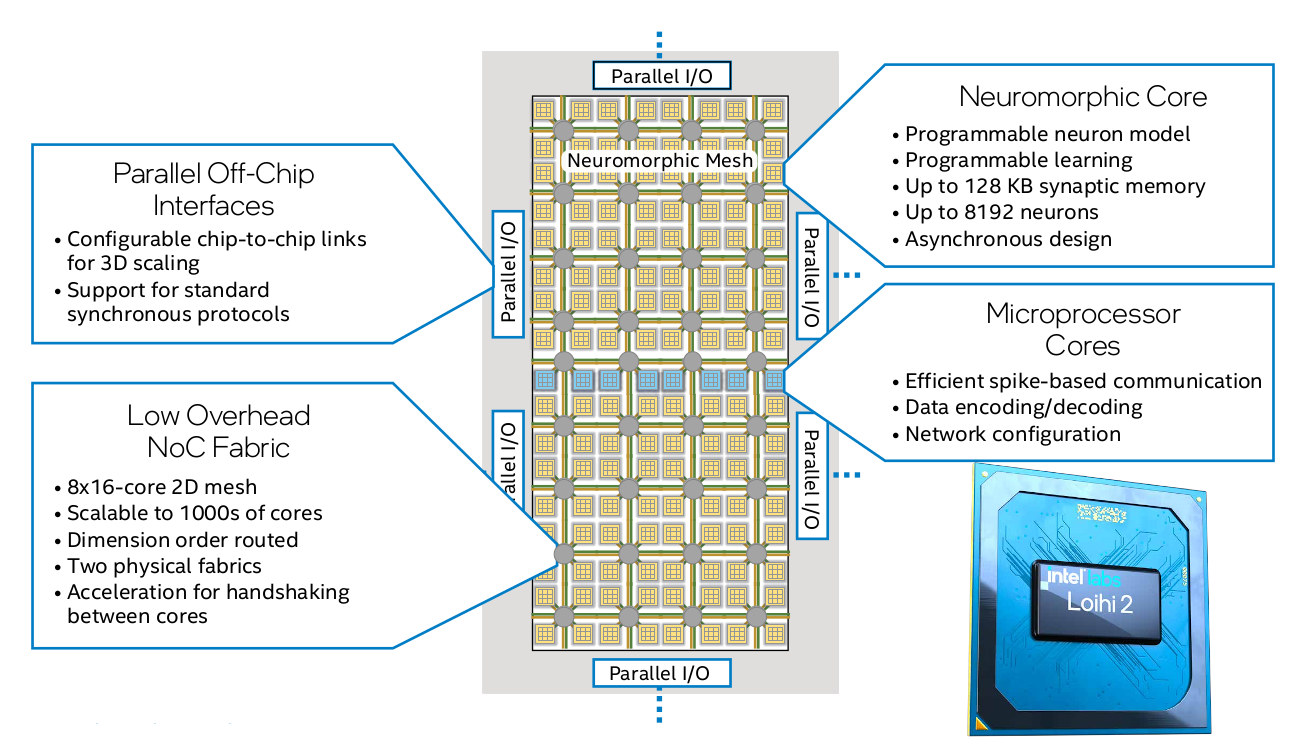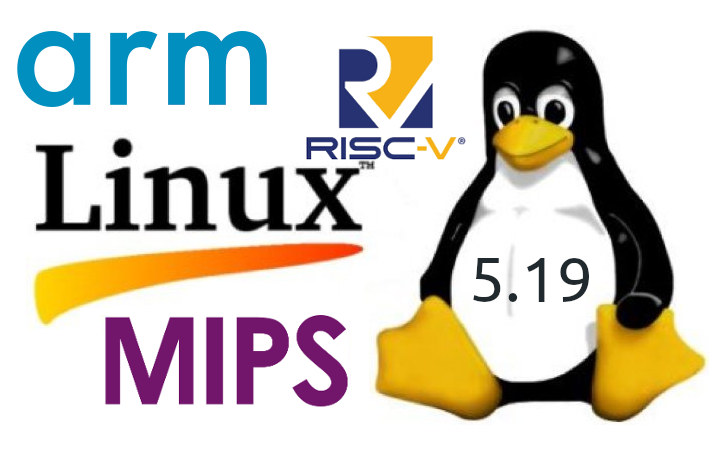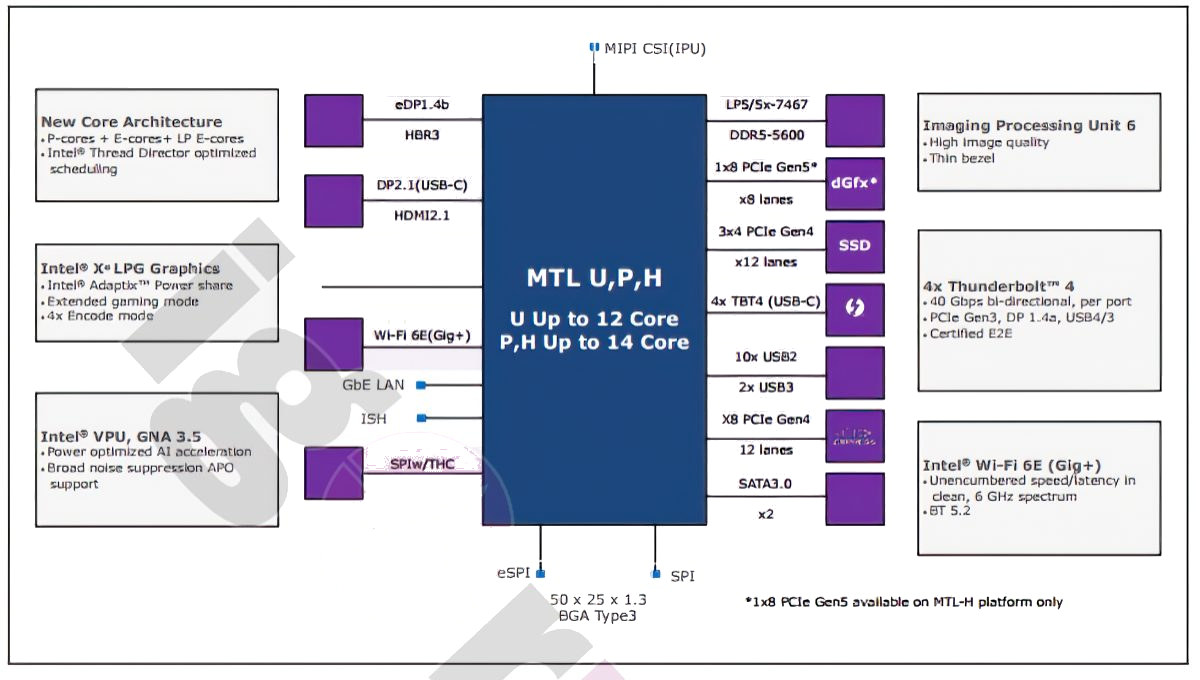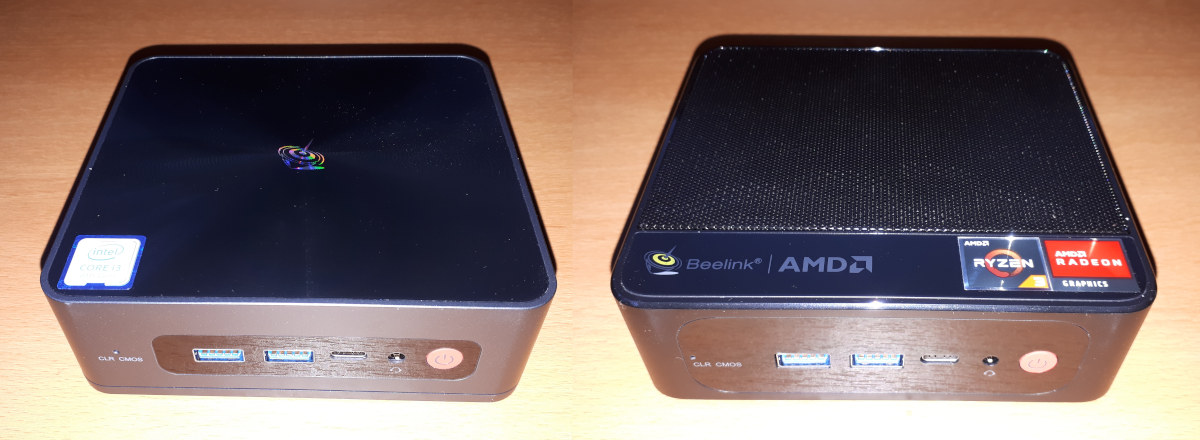Intel recently announced they would kill the Celeron and Pentium brands for entry-level PCs, and replace these with the “Intel Processor” brand for notebooks from 2023 onwards, meaning we would get “Intel Core” and “Intel Processor” processors depending on the market segment. The Intel N100 & N200, or more exactly the Intel Processor N100 and Processor N200, Alder Lake-N SKUs may be the first chips with the new branding. They were discovered by Coelacanth-Dream while looking at some Linux boot logs. Intel Processor N100:
|
1 2 3 4 |
<6>[ 0.000000] DMI: Intel Corporation Alder Lake Client Platform/AlderLake-N LP5 RVP, BIOS ADLNFWI1.R00.3301.A00.2207190854 07/19/2022 <6>[ 0.000000] tsc: Detected 800.000 MHz processor <6>[ 0.324882] smpboot: CPU0: Intel(R) N100 (family: 0x6, model: 0xbe, stepping: 0x0) <6>[ 0.335923] smp: Brought up 1 node, 4 CPUs |
Intel Processor N200:
|
1 2 3 4 |
<6>[ 0.000000] DMI: Intel Corporation Alder Lake Client Platform/AlderLake-N LP5 RVP, BIOS ADLNFWI1.R00.3301.A00.2207190854 07/19/2022 <6>[ 0.000000] tsc: Detected 1000.000 MHz processor <6>[ 0.319625] smpboot: CPU0: Intel(R) N200 (family: 0x6, model: 0xbe, stepping: 0x0) <6>[ 0.430132] smp: Brought up 1 node, 4 CPUs |
Both processors appear pretty similar but the boot logs show the N100 with an 800 MHz base frequency, and the N200 with a 1,000 MHz base frequency. Coelacanth-Dream further analyzed the data and found extra information about the Alder Lake-N processors as shown in the table below. The new SKUs will not feature “big” Performance cores at all, and only […]



